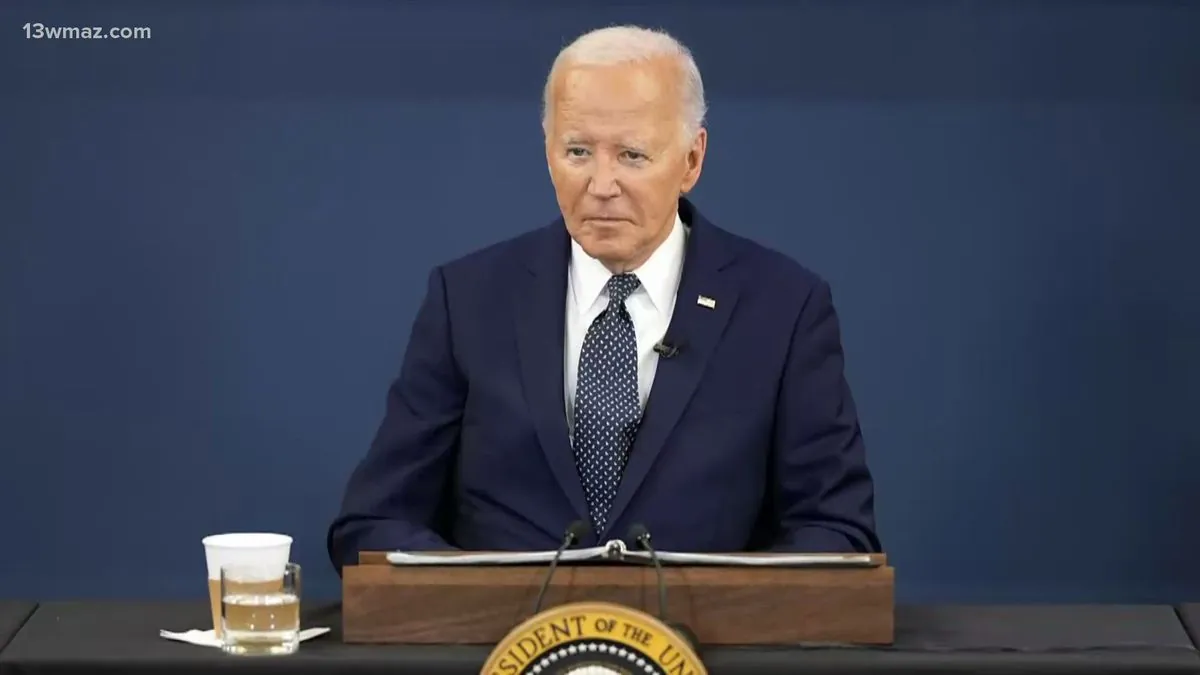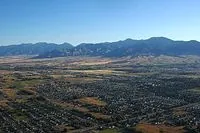What a small European country shows about modern American problems
A close look at Austria reveals unexpected parallels with modern-day America in politics and society. Yet this small Alpine nation offers surprising insights into alternative approaches to common challenges

Having spent several months at Viennas Institute for Human Sciences Iʼve gained some first-hand knowledge about Austria (which is more than some U.S government officials can claim about their areas of expertise)
Both nations share interesting traits: theyre wealthy democracies with Austria being stable since the post-war period around seven decades ago. Recent elections showed how populist movements gained ground - Herbert Kicklʼs Freedom Party got 28.8% in Austria while Donald Trump secured another presidential nomination in America
The political landscape shows similar urban-rural splits: Vienna leans left-wing (just like many U.S blue islands in red states); both countries face immigration debates. However theres a key difference - Austrias parliamentary system prevents single-party dominance
- Vienna has century-old socialist policies
- Public transport costs just 51 euros monthly
- Social housing serves diverse income groups
- Healthcare system covers everyone
- Crime rates are eight times lower than U.S
Life in Vienna demonstrates what different priorities can achieve - the citys public services outshine any American counterpart. The social-housing system (which doesnt just serve low-income residents) creates mixed communities that work better than U.S public housing
Austrian society isnt perfect though: bureaucracy can be slow; shops dont open on sundays; the country faces aging population issues. Yet its focus on public good over private profit shows different ways to handle modern challenges
The numbers tell a clear story: Austrians live about five years longer than Americans; income inequality its much lower (with bottom 50% getting 22% of income versus just 13% in U.S). While Austria cant solve all Americas problems its success in key areas deserves attention





























